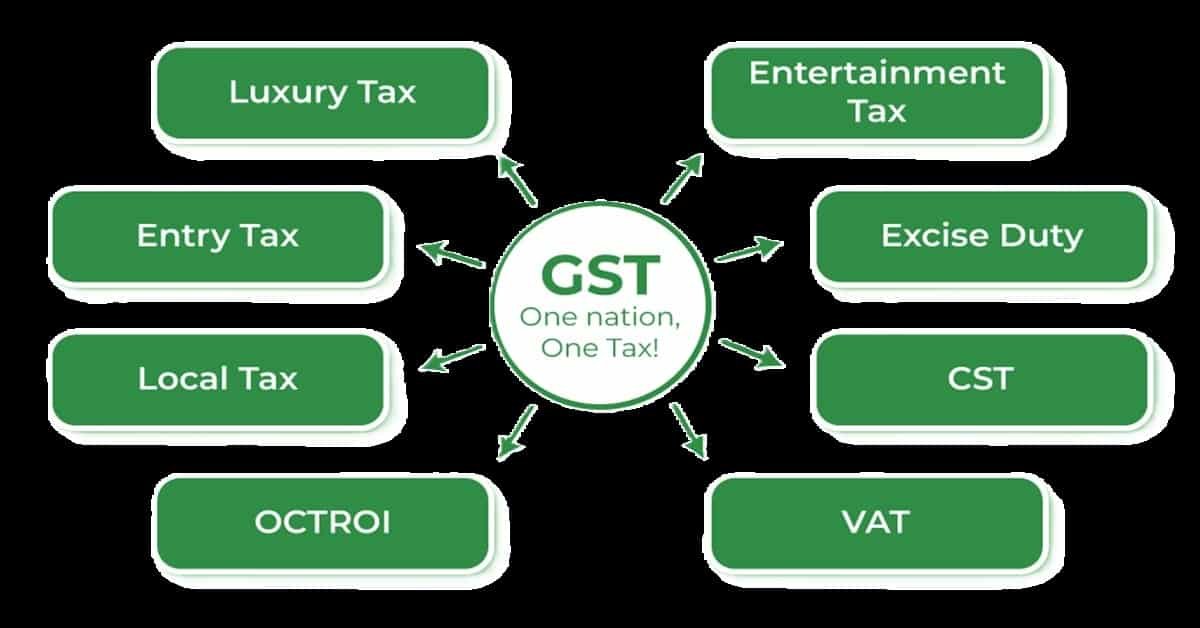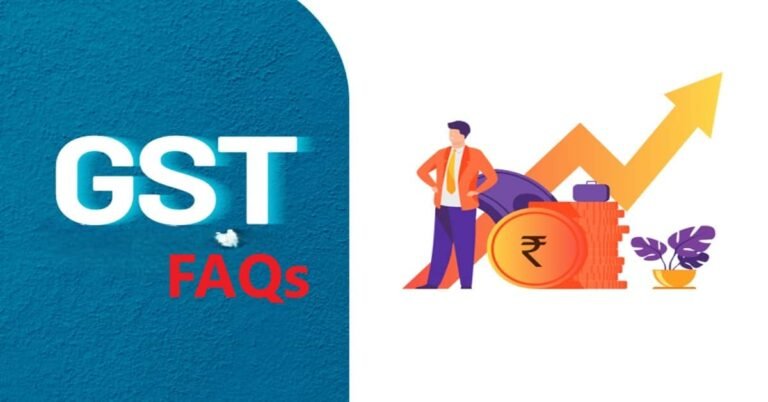The Goods and Services Tax (GST) has revolutionized the tax landscape in India since its implementation on July 1, 2017. By unifying various indirect taxes such as excise duty, service tax, and value-added tax (VAT) into a single framework, GST has significantly simplified the taxation process. Previously, businesses had to navigate a maze of overlapping tax systems and compliance requirements from both central and state governments. GST removed these complexities by offering a centralized and uniform tax structure, reducing the compliance burden on businesses. Furthermore, the implementation of a transparent IT-based system, including e-invoices and GST returns, has ensured greater accountability and minimized tax evasion. As we move towards 2025, understanding the GST rates and structures that might evolve is crucial for businesses, consumers, and policymakers alike. In this blog post, we will delve into the current GST rates, potential changes that may arise by 2025, and the broader implications for the Indian economy.
Overview of GST in India
Before exploring GST rates anticipated in 2025, it is essential to grasp the foundation of the GST system in India, as understanding its structure is crucial for contextualizing and analyzing the potential changes in future rates. The Indian GST is structured into three main components:
- Central Goods and Services Tax (CGST): This tax is collected by the central government for intra-state transactions.
- State Goods and Services Tax (SGST): This tax is collected by the state government for intra-state transactions.
- Integrated Goods and Services Tax (IGST): This tax is applicable to inter-state transactions and is levied by the central government.
Initially, GST was divided into four main tax slabs for different goods and services: 5%, 12%, 18%, and 28%. For instance, essential items and food grains typically fall under the 5% slab, processed food and medicines are in the 12% category, restaurant services and household appliances are in the 18% bracket, while luxury cars and tobacco products are taxed at 28%. Additionally, certain goods, mainly essential items like fresh fruits and vegetables, were exempt from GST.
Current GST Rates (As of 2023)
To understand potential changes by 2025, let’s first discuss the GST rates as they stand in 2023:
- 0%: Essential goods such as food grains and some services like healthcare.
- 5%: Items of mass consumption, including packaged food items, and transportation services.
- 12%: Consumer goods like butter, ghee, and processed foods, along with some services such as business class air travel.
- 18%: A broad range of goods, including computers, mobile phones, and many services, including financial services.
- 28%: Luxury items such as high-end cars, tobacco products, and certain types of services.
Certain items are also subject to additional charges, such as cess on sugary drinks and luxury goods.
Understandably, these rates and classifications have undergone revisions since 2017, such as the 2019 reduction of the GST on electric vehicles from 12% to 5%, primarily influenced by economic trends, the push for green energy adoption, revenue needs, and public sentiment. This example illustrates the dynamic nature of GST classifications and their responsiveness to external factors.
Anticipated Changes in GST Rates by 2025
As we look toward 2025, there are several factors that could influence GST rates in India. Here are some expected changes and considerations:
1. Economic Growth and Revenue Needs
By 2025, India is projected to emerge as one of the largest economies in the world. With this growth comes the challenge of expanding the tax base and ensuring compliance. The government could adjust GST rates to capture revenue more efficiently and ensure adequate resources for developmental projects. This might mean a revision upward for certain items currently taxed at lower rates, whilst simultaneously reducing rates for essentials to foster overall consumption.
2. Digital Economy and E-commerce
The rise of e-commerce has necessitated new approaches to taxation. As digital transactions become increasingly dominant, the GST framework may evolve to address challenges like compliance from foreign entities and ensuring fair taxation on digital products and services. The introduction of specific rates or levies for the digital economy could occur as businesses and the government find common ground on fair taxation.
3. Sustainability and Environmental Considerations
With growing awareness regarding climate change and sustainable practices, the government may create incentives to bolster green initiatives through preferential GST rates. We may see lower GST rates on electric vehicles, renewable energy products, and eco-friendly goods, fostering an environmentally sustainable economy.
4. Union Budget Announcements
The Union Budget of India plays a pivotal role in determining tax policies and the GST framework. Every year, the Budget offers insights into shifts in priorities, potential rate changes, and directions that the government might take. Significant alterations to GST rates are often introduced during these announcements, and 2025 may substantiate an opportunity for extra clarity in this regard.
Impacts of GST Rate Changes
Understanding the implications of potential GST rate changes is essential. Here are some key effects to consider:
Consumers
Changes in GST rates directly impact consumers. An increase in GST on essential goods could hurt low-income households, while reductions on added-value goods can enhance purchasing power and consumer spending. The ultimate goal is to strike a balance that fosters economic growth while protecting vulnerable populations.
Businesses
Businesses must stay alert to changes in GST rates to manage their finances effectively. Compliance costs can escalate with tax increases, while lower rates could enhance profitability and investment potential. An adaptive business strategy will be imperative for stakeholders to adjust to the evolving landscape.
Government Revenue
Ultimately, GST is a critical revenue source for the Indian government. Changes in rates could significantly impact fiscal health and the ability to fund public services. Understanding how to optimize revenue generation while maintaining public confidence will remain a fine balance for policymakers.
Conclusion
The Goods and Services Tax in India has already demonstrated its capacity to influence various segments of the economy since its implementation. By 2025, we can expect significant developments in GST rates as the government seeks to cater to economic growth, digital transformation, and environmental sustainability. These changes are likely to have a profound impact on sectors such as manufacturing, where streamlined tax structures could enhance efficiency, and the technology industry, which may benefit from incentives for digital innovation. Policymakers and businesses must prepare to adapt strategies accordingly to leverage these anticipated shifts.
Businesses and consumers alike will need to stay informed and prepared to adapt to new changes, ensuring compliance and navigating the evolving landscape effectively. The journey of GST from 2017 to 2025 is just the beginning, as we move towards a more efficient and transparent taxation system. Understanding current rates, keeping abreast of policy shifts, and anticipating what lies ahead will empower individuals and organizations to thrive amidst the ongoing changes in the Indian economy.



